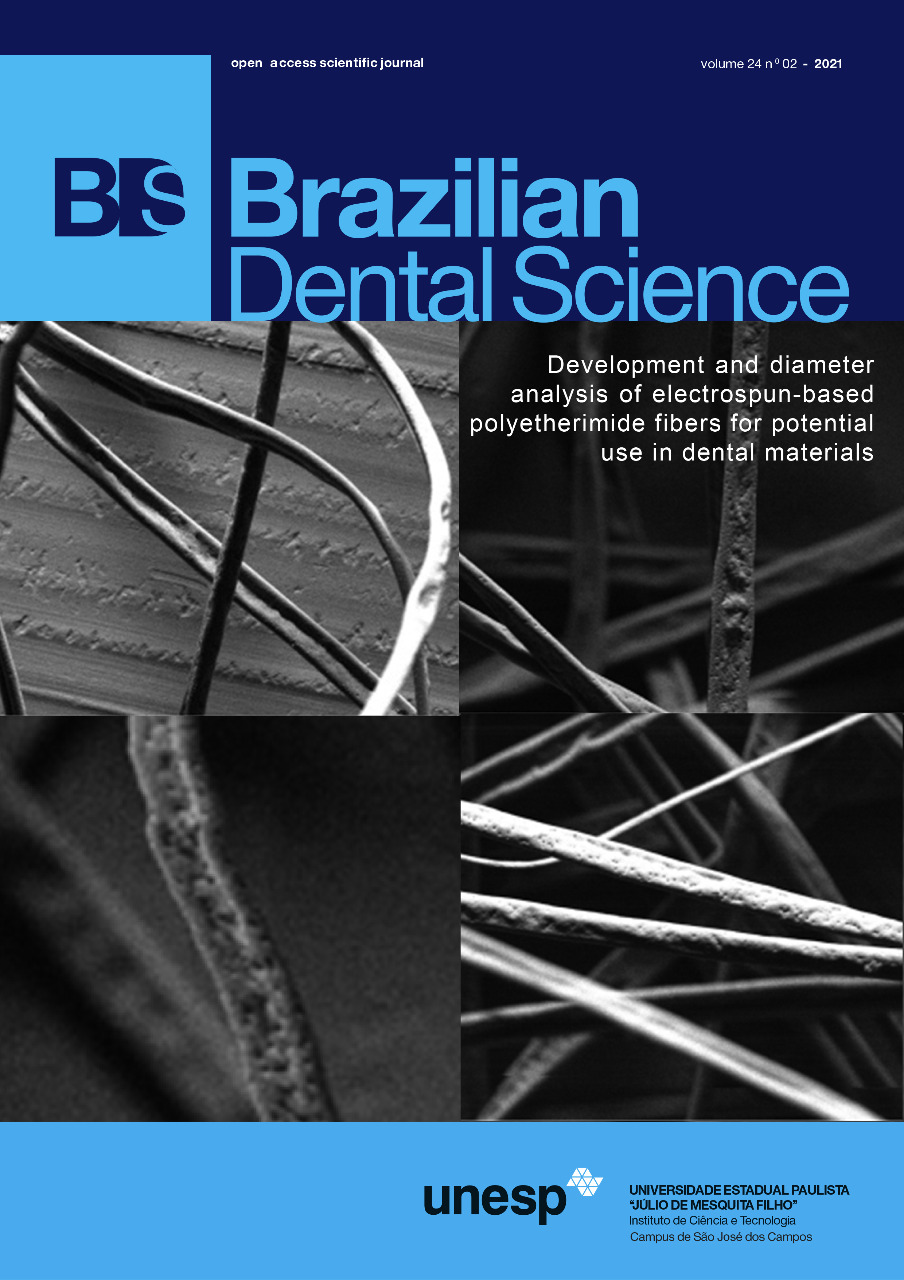Clinical evaluation of hydrophobic and hydrophilic pit and fissure sealants among 7-10 year old school children: a split mouth study design
DOI:
https://doi.org/10.14295/bds.2021.v24i2.2385Abstract
Introduction: The study was done to compare the effectiveness of hydrophobic and hydrophilic pit and fissure sealant retention among 7-10 year old school children. Material and Methods: The present split mouth randomized trial was conducted on the occlusal surfaces of permanent first mandibular molars to compare and assess the retention along with other outcome variables like colour match, marginal discolouration, marginal adaptation, anatomic form, postoperative sensitivity, caries formation and surface roughness properties of Hydrophobic and Hydrophilic pit and fissure sealants at 3rd and 6th month. The data was compiled and analyzed using SPSS software and results were generated. Results: In the present study among the 50 restorations in the hydrophobic pit and fissure sealants (Group I), 48 (96%) restorations were retained at the end of third month and 45(90%) were retained at the end of sixth month. Among the 50 restorations in the hydrophilic pit and fissure sealants (Group II), 49(98%) restorations were retained at the end of third month, and 46(92%) at the end of sixth month were retained. There was no significant difference in the number of completely retained restorations at the end of six months (p = 1.00) among both the groups. The assessment of all the other outcome variables between both the interventions showed that the difference was not statistically significant. Conclusion: The study concluded that the hydrophilic pit and fissure sealant was similar to the hydrophobic pit and fissure sealant in terms of retention, colour match, marginal discolouration, marginal adaptation, anatomic form and surface roughness properties with.
Keywords
Pit and fissure sealants; Moisture tolerant; 7-10 years; School children; Mandibular teeth.
Downloads
Downloads
Published
How to Cite
Issue
Section
License
Brazilian Dental Science uses the Creative Commons (CC-BY 4.0) license, thus preserving the integrity of articles in an open access environment. The journal allows the author to retain publishing rights without restrictions.
=================




























